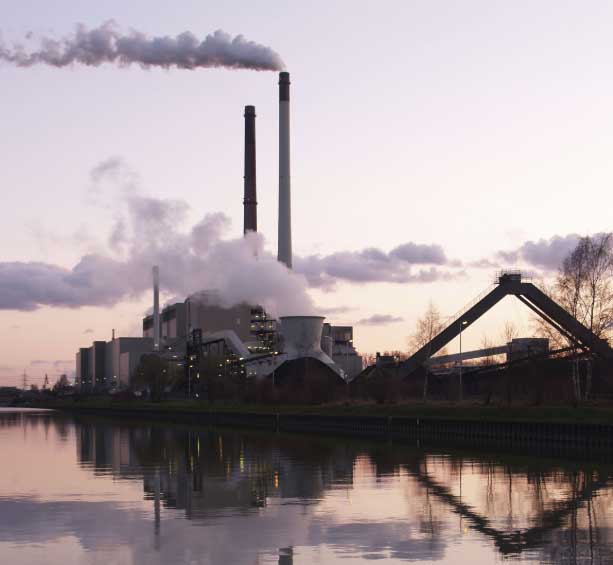The power industry has put more natural gas power plants online, but the repeal of the Clean Power Plan could slow progress toward fewer greenhouse gas emissions. Wikimedia commons photo.
By Jim Wilson
As a member of TU’s National Leadership Council Climate Change Working Group, I volunteered to write a blog about EPA’s proposed alternative to the Clean Power Plan, which is labeled the Affordable Clean Energy (ACE) rule. I usually have to spend a lot of time reading through the proposal and the Regulatory Impact Analysis in order to convey what is proposed, and the expected impacts, but this is easy.
It’s a “nothing burger.”
All that this proposal requires is that new and modified coal plants achieve modest efficiency improvements relative to coal-fired power plants that were built many years ago. This is designed to allow the many coal-fired power plants that were built in the 1970s and 1980s to extend the useful life of boilers without spending much money. Because under the current plan new coal plants, or major modifications to existing plants, have to meet New Source Performance Standards that are more stringent than the emission limits were when these plants were originally built, EPA is also proposing to relax the applicable NSPS’s so that the efficiency/heat rate improvements are sufficiently minimal to allow these old boilers to continue to operate.
Luckily, since EPA’s last major power sector analysis in 2015, notable changes have occurred in the power industry. For one, a number of coal-steam power plants have come off-line, and there have been increases in natural gas and renewable energy sources. Three years ago, EPA estimated total coal steam capacity to be 269 gigawatts. Now that capacity is estimated to be 226 GW (16 percent lower). Abundant natural gas supplies, large increases in renewable energy development, and flat overall energy demand have all contributed to shifts away from existing coal-fired capacity in the marketplace. This trend has continued as coal capacity dropped by 2 percent during 2016 and almost 3 percent during 2017.
What the preceding paragraph indicates is that the proposed ACE rule flies in the face of industry trends that have already achieved some of the greenhouse gas emission reductions that the Clean Power Plan was trying to achieve. So the administration’s agenda is clear—it is willing to give up needed greenhouse gas emission reductions from the power sector in order to achieve an estimated 8.4-9.5 percent increase in 2035 coal production for power sector use relative to estimated coal production under the Clean Power Plan.
This future runs counter to the evidence presented in the 2018 United Nations Special Report on Climate which tells us that, in order not to overshoot the critical limit of a 1.5 degree Celsius increase from pre-industrial levels, we must reduce net human-caused CO2 emissions by 45 percent of 2010 levels by 2030 and reach zero net emissions by 2050. This means that in order to remain below the maximum warming limit of 1.5 C, our greenhouse gas emissions need to be much lower by 2030 than they would be even with the current, more stringent regulations of the CPP (which is being repealed). The good news is that some progress has been made in the US power sector by replacing old coal plants with new natural gas-fired units as well as by adding renewable capacity. We have already seen a 20 percent reduction in U.S. power sector greenhouse gas emissions since 2010. The Affordable Clean Energy rule has the potential to negate some of these gains.
In the absence of new policies to reduce power sector carbon emissions, we have to rely on electric utility companies making good long-term business decisions in replacing their old, inefficient coal plants, with efficient natural gas units in the short-run, to increase their renewable capacity in the long-run.
Jim Wilson is the former president of an environmental consulting firm and a TU volunteer from Virginia.



